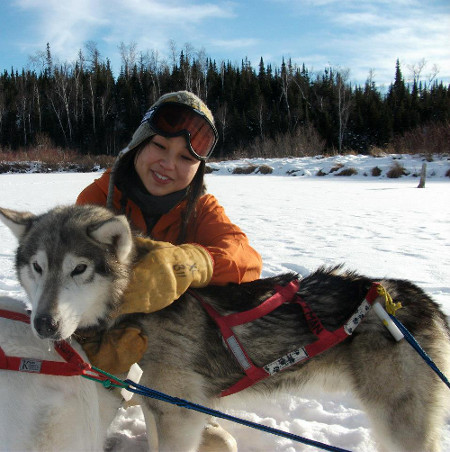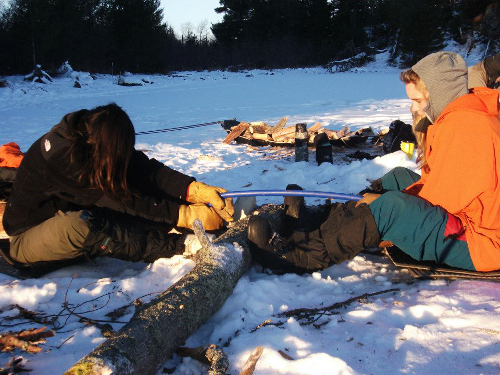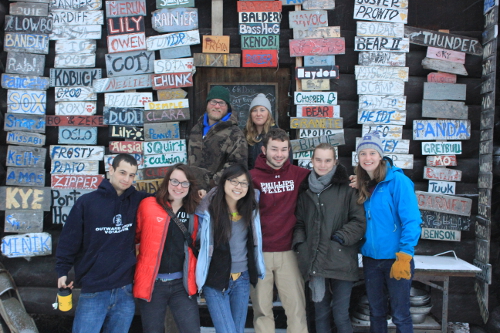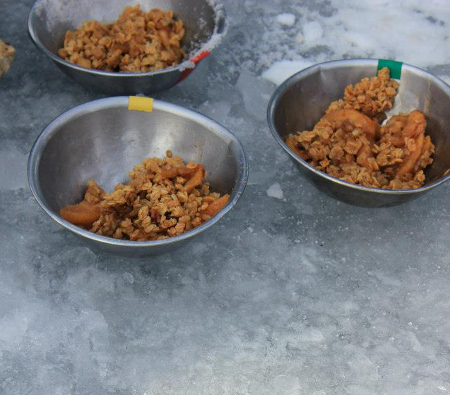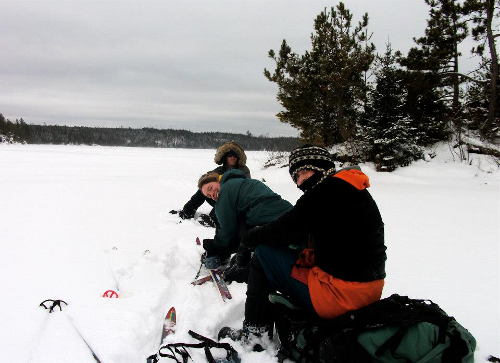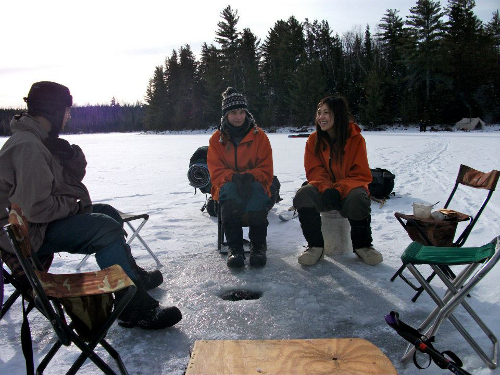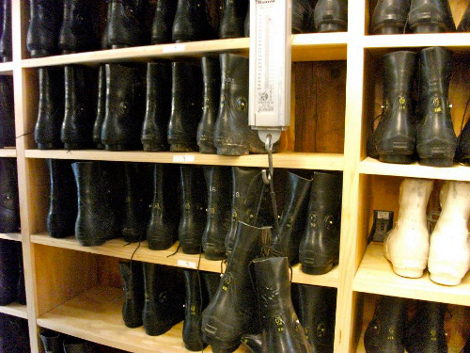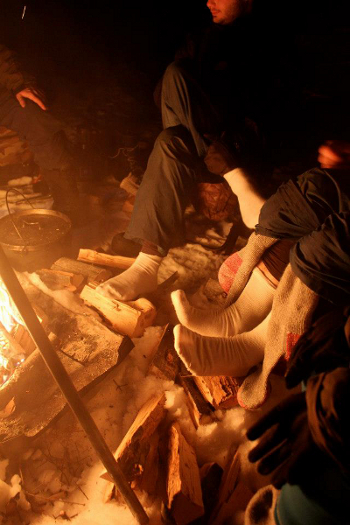Just after the New Year, on the frozen and snow-covered January lakes of Northern Minnesota’s Boundary Waters Canoe Area, I camped in a pristine, white wilderness for a week straight. The expedition, run by Voyager Outward Bound School of Ely, Minn., was to be my initiation into the winter-camping scene. Under the guide of three instructors, I set off with four fellow winter camping novices to dogsled, cross-country ski, camp, and generally embrace living outdoors in wintertime for a week of cold days and even colder nights. Here are a few tips I took away from my time in the frozen and beautiful North Woods. — Amy Oberbroeckling
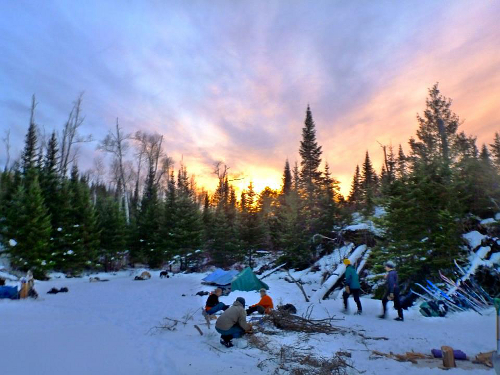
Dog as Copilot — Dogsledding is not a passenger sport. Outside of cyclocross bike racing, driving a sled is one of the hardest physical challenges I have ever experienced, including maneuvering top-heavy sleds around trees, through undergrowth, and up slippery hills on narrow portage trails.
Voyageur Outward Bound is home to 65 adorable dogs, all bred to live and breathe pulling. For our expedition, we picked a team of 11 eager pups to pull two sleds loaded with all of our camping gear, weighing around 400 pounds each! With dogsleds, winter camping is almost like car camping in that you get to bring along almost as much gear as you want without worrying about carrying it. The dogs are happy to help.
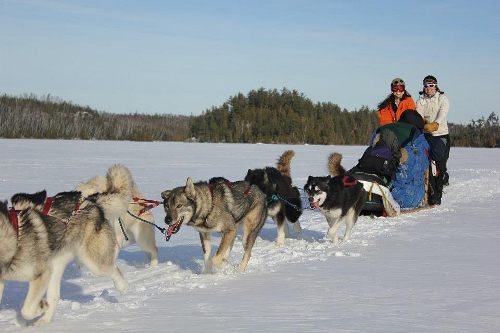
Set Up Camp Quickly — When we arrived at camp each evening we were tired from traveling all day. After finding a site protected from wind, we unharnessed the dogs and leashed them to a line where they could rest for the night. After the dogs were settled we all got to work, quickly unloading the sleds and setting up our camp, trying to beat the cold and the quick-setting sun.
